 To enhance service speed and avoid tariff delays, we've opened a US warehouse. All US orders ship directly from our US facility.
To enhance service speed and avoid tariff delays, we've opened a US warehouse. All US orders ship directly from our US facility.
| Cat. No. | Product Name | Field of Application | Chemical Structure |
|---|---|---|---|
| DC42885 | BGC20-1531 hydrochloride Featured |
BGC-20-1531 (PGN 1531) is a novel benzenesulfonamide-based compound that functions as a selective prostaglandin E2 receptor EP4 subtype antagonist.
More description
|
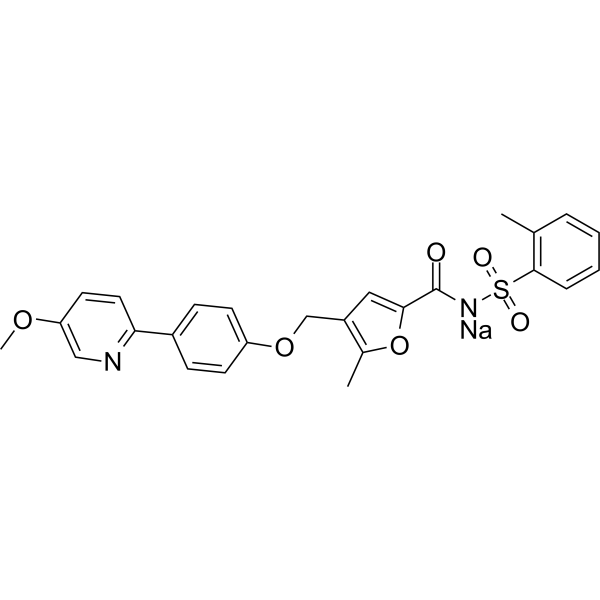
|
| DC21160 | Jarin-1 Featured |
Jarin-1 represents a breakthrough in plant hormone modulation as the pioneering small-molecule inhibitor of jasmonoyl-L-isoleucine synthetase (JAR1).
More description
|
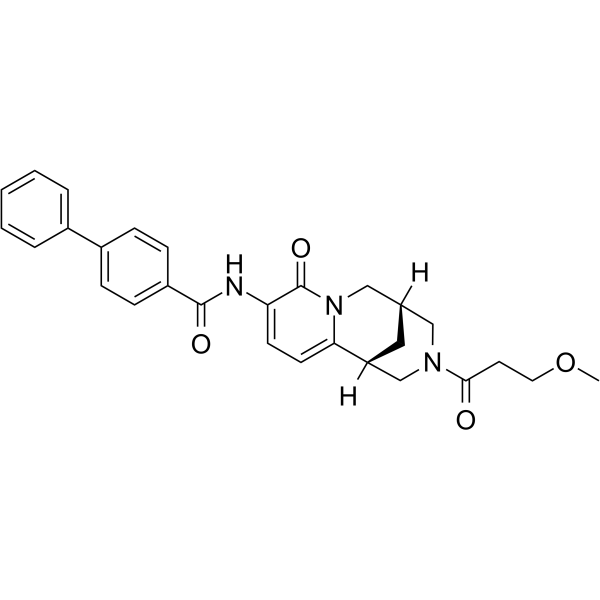
|
| DC32943 | MEK-IN-4 Featured |
MEK-IN-4 is a novel small-molecule inhibitor targeting the MAPK/ERK kinase (MEK) pathway with therapeutic potential across multiple disease areas.
More description
|
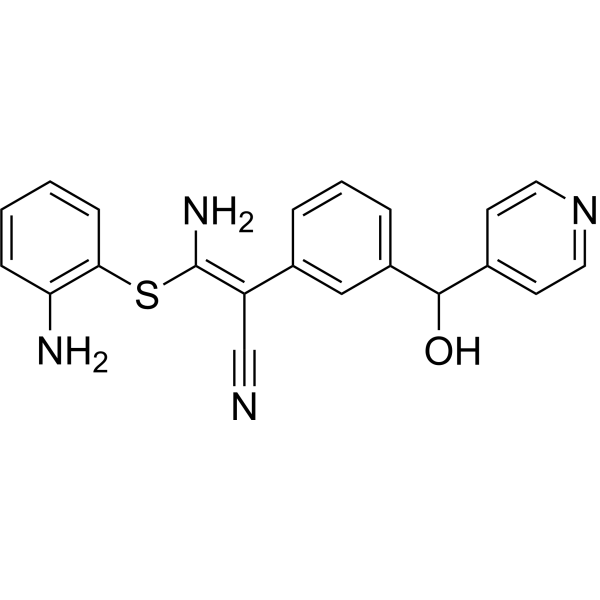
|
| DC65017 | β-Glucuronidase-IN-1 Featured |
β-Glucuronidase-IN-1 represents a novel class of bacterial enzyme inhibitors with optimized pharmacological properties.
More description
|
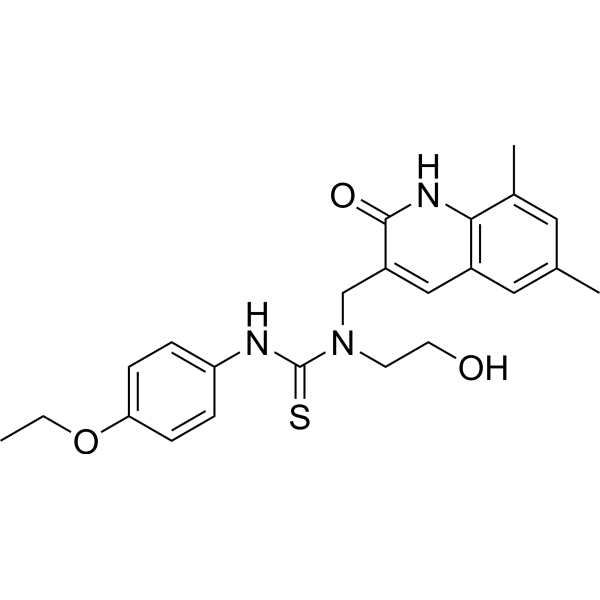
|
| DC10472 | Toxoflavin (PKF118-310) Featured |
Toxoflavin (Xanthothricin) is a dual-function bioactive compound with multimodal therapeutic potential.
More description
|

|
| DC20353 | Dafadine A Featured |
Dafadine-A represents a novel class of cytochrome P450 inhibitors with unique species-specific activity.
More description
|
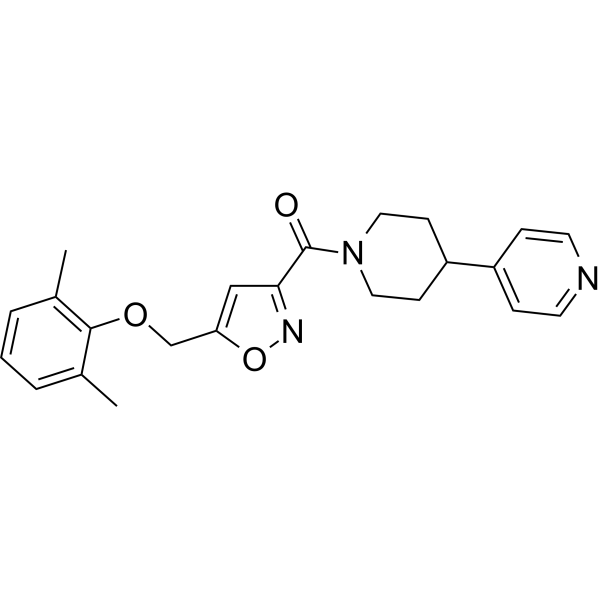
|
| DC28209 | JNJ-5207787 Featured |
JNJ-5207787 represents a breakthrough in neuropeptide Y receptor modulation as a brain-penetrant, selective Y2 receptor antagonist.
More description
|

|
| DC75865 | TI17 Featured |
TI17 represents a novel class of targeted anticancer agents that specifically disrupt DNA damage repair mechanisms in malignant cells.
More description
|
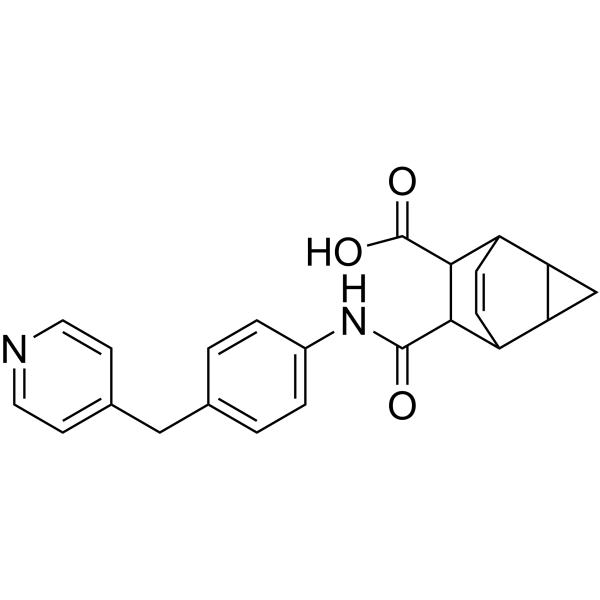
|
| DC32427 | B355252 Featured |
B355252 is a novel neuroprotective compound that demonstrates dual mechanisms of action to support neuronal survival and regeneration.
More description
|
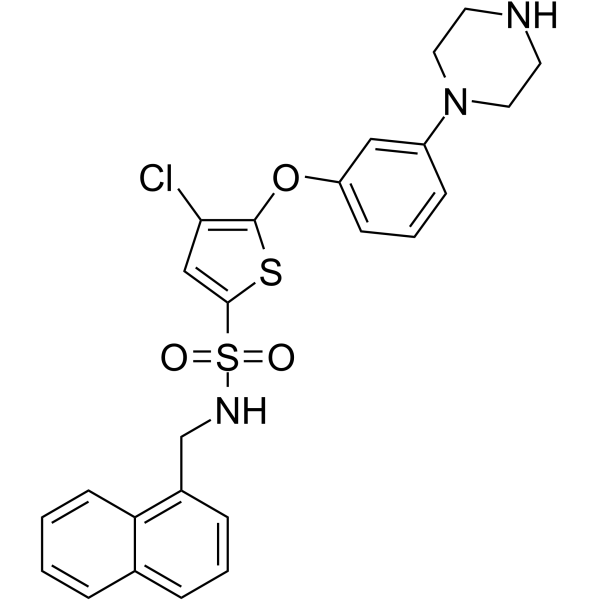
|
| DC23658 | MK-0343 Featured |
MK-0343 (MRK-409) represents a novel class of benzodiazepine-site ligands with unique GABAA receptor subtype selectivity.
More description
|
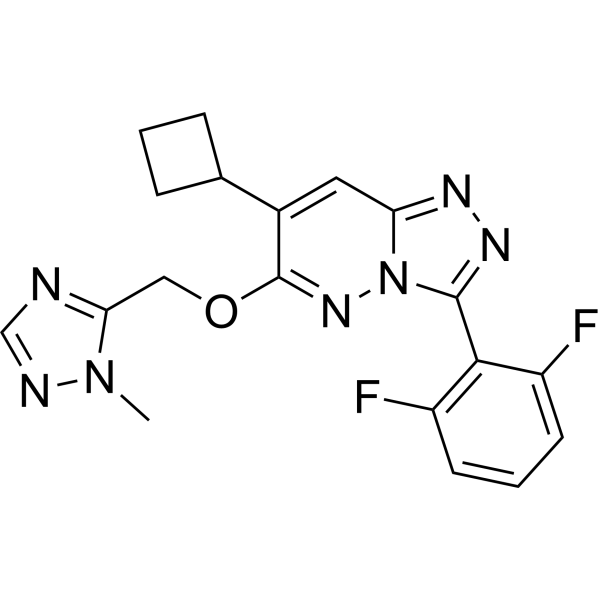
|
| DC43907 | NIAD-4 Featured |
NIAD-4 is an advanced fluorescent probe specifically engineered for high-contrast imaging of amyloid-β (Aβ) aggregates in Alzheimer's disease research.
More description
|
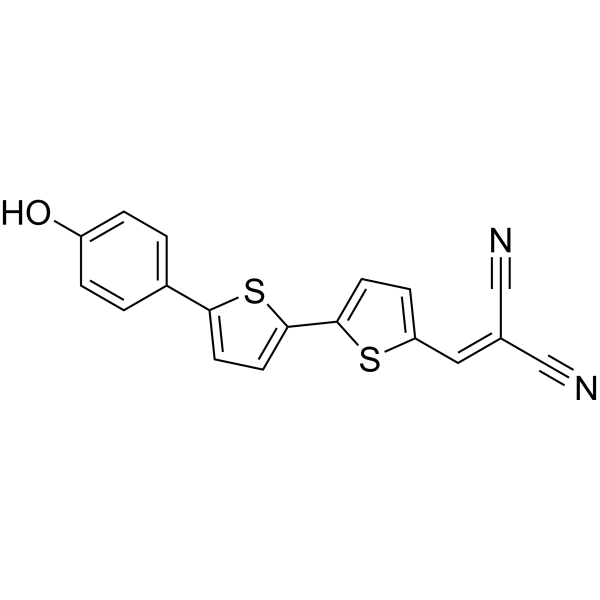
|
| DC28410 | B022 Featured |
B022 represents a breakthrough in targeted kinase modulation as a highly potent and selective NF-κB-inducing kinase (NIK) antagonist.
More description
|

|
| DC22971 | CDE 096 Featured |
CDE-096 is a highly effective plasminogen activator inhibitor-1 (PAI-1) antagonist with broad-spectrum inhibitory activity.
More description
|

|
| DC40247 | THI0019 Featured |
THI0019 represents a novel class of integrin modulators with unique agonist activity targeting multiple adhesion receptors.
More description
|
.gif)
|
| DC32988 | 2-Hydroxysaclofen Featured |
2-Hydroxysaclofen is a selective and pharmacologically active antagonist of the GABAB receptor subtype, demonstrating multiple functional effects in neuropharmacological studies.
More description
|
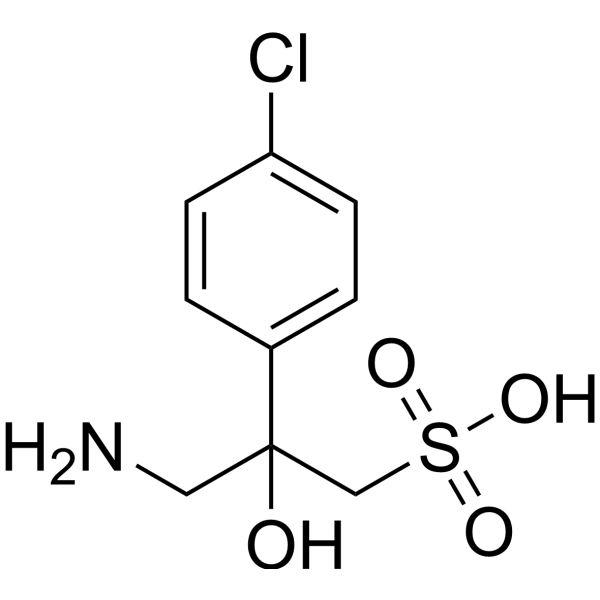
|
| DC22098 | GB1107 Featured |
GB1107 is a novel small-molecule inhibitor specifically designed to target galectin-3 (Gal-3), demonstrating high binding affinity and oral bioavailability.
More description
|

|
| DC8780 | Flavopiridol Hydrochloride Featured |
Flavopiridol hydrochloride is a potent pan-cyclin-dependent kinase (CDK) inhibitor with a unique ATP-competitive mechanism.
More description
|

|
| DC74494 | GNE-0011 Featured |
GNE-0011 is a monovalent, JQ1-based BRD4 degrader that is not linked to an E3 ligase binder, triggers proteasomal and ubiquitin-dependent selective degradation of BRD4 over BRD2 and BRD3.
More description
|

|
| DC67428 | AMG-193 Featured |
AMG 193 represents a novel class of targeted cancer therapeutics as an orally bioavailable, methylthioadenosine (MTA)-dependent PRMT5 inhibitor.
More description
|
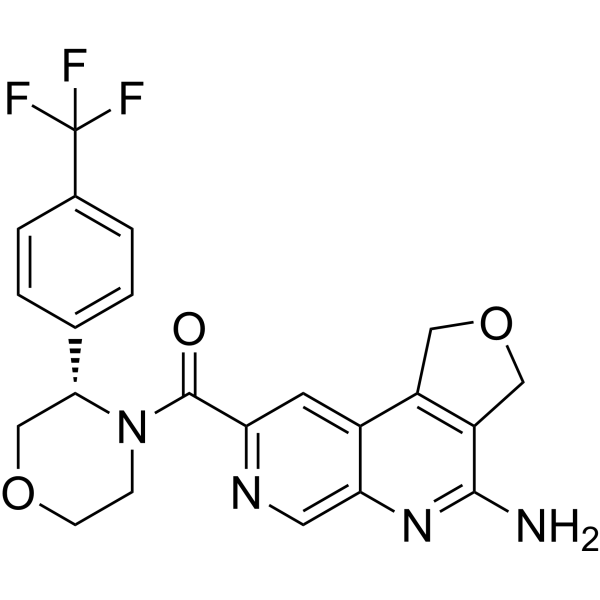
|
| DC21582 | RO 5263397 Featured |
RO5263397 is a novel, orally active trace amine-associated receptor 1 (TAAR1) agonist demonstrating high potency and species-specific activity.
More description
|
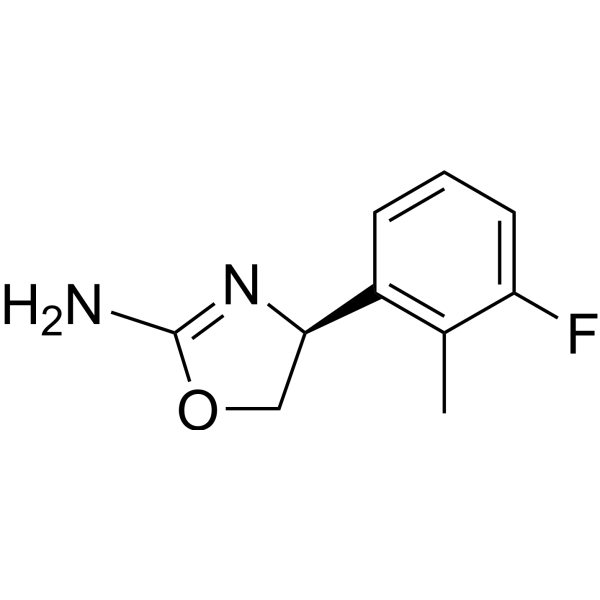
|
| DC3168 | PF-562271 besylate Featured |
PF-00562271 is the benzenesulfonate salt of PF-562271, which is a potent, ATP-competitive, reversible inhibitor of FAK and Pyk2 with IC50 of 1.5 nM and 14 nM, respectively.
More description
|

|
| DC7115 | Dorsomorphin dihydrochloride Featured |
Dorsomorphin 2Hcl (Compound C; BML-275) has been shown to act as a potent and selective inhibitor of AMPK (AMP-activated protein kinase; Ki = 109 nM), induced by AICAR and metformin; also inhibits ALK2, ALK3, and ALK 6 .
More description
|

|
| DC9878 | ATI-2341 Featured |
ATI-2341, pepducin targeting the C-X-C chemokine receptor type 4 (CXCR4), is an allosteric agonist activating the inhibitory heterotrimeric G protein (Gi) to promote inhibition of cAMP production and induce calcium mobilization.
More description
|

|
| DC9279 | MK-571 Featured |
MK-571 is a selective, orally active CysLT1 receptor antagonist.
More description
|

|
| DC23234 | Atorvastatin Featured |
A competitive inhibitor of HMG-CoA reductase that acts as a lipid-lowering agent for prevention of events associated with cardiovascular disease..
More description
|
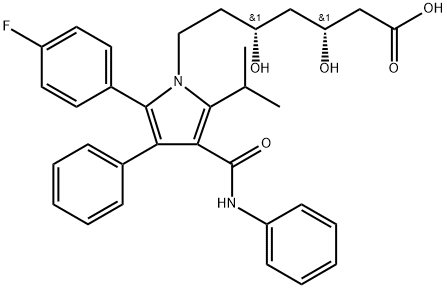
|
| DC42611 | Subquinocin Featured |
Novel inhibitor of CYLD and USP-family deubiquitinating enzymes, increasing the polyubiquitination of NEMO and RIP1, enhancing NF-κB activation and promoting NF-κB signaling
More description
|

|
| DC65844 | ICP-490 Featured |
ICP-490 is a highly potent, orally bioavailable, next-generation CRBN-targeting IMiD with selective IKZF1/3 degradation.
More description
|
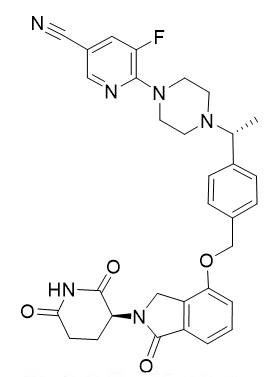
|
| DC60820 | TAS3351 Featured |
TAS3351 is a fourth-generation EGFR-TKI overcoming T790M and C797S-mediated resistance in NSCLC with common mutations. TAS3351 exhibites almost comparable inhibitory potency against cellular phosphorylation of EGFR harboring ex19del or L858R with or without C797S and/or T790M while sparing wild type EGFR activity.
More description
|
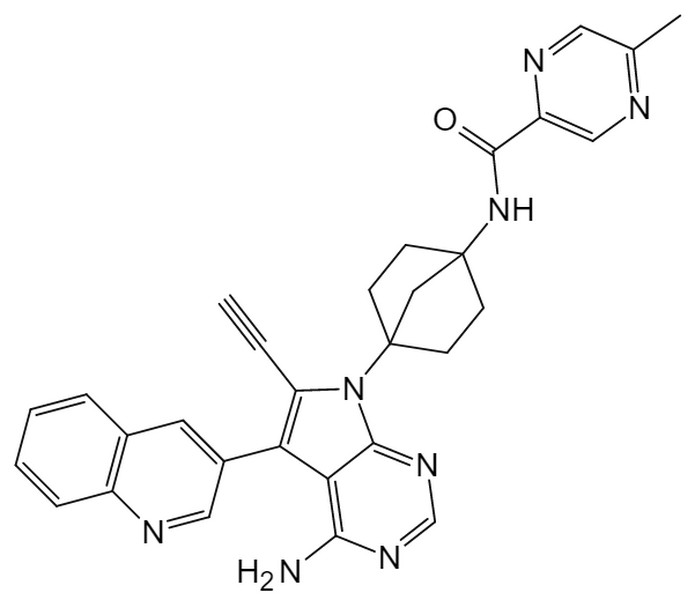
|
| DC65801 | ARV-102 Featured |
ARV-102 is an orally bioavailable PROTAC LRRK2 degrader with DC50 of 0.14 nM. ARV-102 demonstrates substantial reductions in peripheral LRRK2 proteinlevels.
More description
|
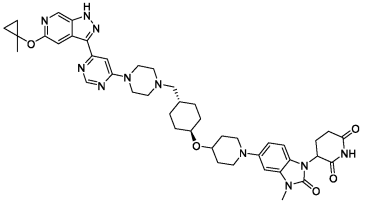
|
| DCC5270 | Tunicamycin Featured |
Antibiotic, inhibiting the first step in the N-linked glycosylation in eukaryotes and inducing ER stress to activate the unfolded protein response (UPR)
More description
|
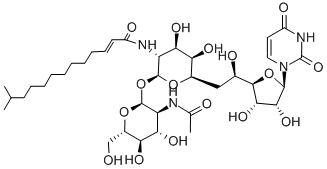
|